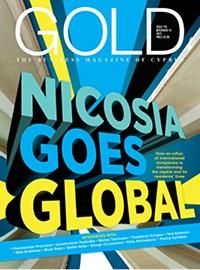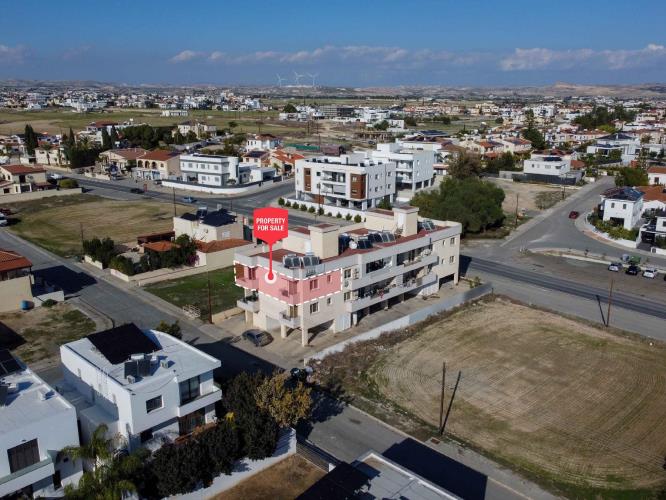There is evidence suggesting that many American companies are taking manufacturing back to the US. This growing trend is expected to boost the competitiveness of the US economy and help it grow out of its debt. Closer to home, we have an interesting example of a small company which, at a time of crisis, took a very unorthodox decision to move its manufacturing to Cyprus.
Engino, an export-oriented SME producing construction toys of its own unique design, had invested heavily in R&D to develop a high-quality innovative product and, from 2007-2011, its manufacturing was outsourced to China. At the end of 2011, owner Costas Sisamos took the strategic decision to start manufacturing in Cyprus.
In August 2011 the Boston Consulting Group (BCG) published its first “Made in America” report, in which it concluded that China’s overwhelming manufacturing cost advantage over the US was shrinking fast. Within five years, the report said, “rising Chinese wages, higher US productivity, a weaker dollar, and other factors will virtually close the cost gap between the US and China for many goods consumed in North America.” The BCG recommendation was that companies should undertake a rigorous, product-by-product analysis of their global supply networks in order to carefully assess their total costs. They went on to say that for many products sold in North America, the US would become a more attractive manufacturing option.
The main conclusions of BCG’s second “Made in America” report (March 2012) were that certain industries were “nearing the point at which rising costs in China could prompt more companies to shift the manufacture of many goods consumed in the US back to the US.” It said that this shift could create 2-3 million jobs, reduce unemployment by 1.5-2 percentage points, and add around $100 billion in annual output to the US economy.
Most of the evidence of this shift has come so far from US companies, with only a few examples from Europe. The BCG analysts cautiously concluded that Europe is a different story from the US, yet the Engino case demonstrates the opposite. It seems that similar trends are beginning among European companies, even among SMEs, and these trends need to be noticed and supported in appropriate ways by European governments, which should give strong support to capital projects by SMEs with the potential to create value in the economy. Engino moved out of China four years ago for reasons very similar to the ones listed in the BCG reports for US companies. It was a remarkably brave strategic move, which, against many odds, has already brought positive results, proving that innovation and manufacturing do have a place in Cyprus.
Engino’s case is an illustration of a type of SME that is a worthy recipient of government funds. Such investments will generate high returns in the future and create value for European firms, thus helping the European economy to recover from the crisis. The problem of the massive debt load is best solved via economic growth rather than austerity measures, which have had a limited effect so far.
Engino is the first case of a positive story of a company from Cyprus to be published in a prestigious international academic journal (Business Case Journal of the Society For Case Research, Summer 2015). Is it time to re-think how we project the image of Cyprus?
















